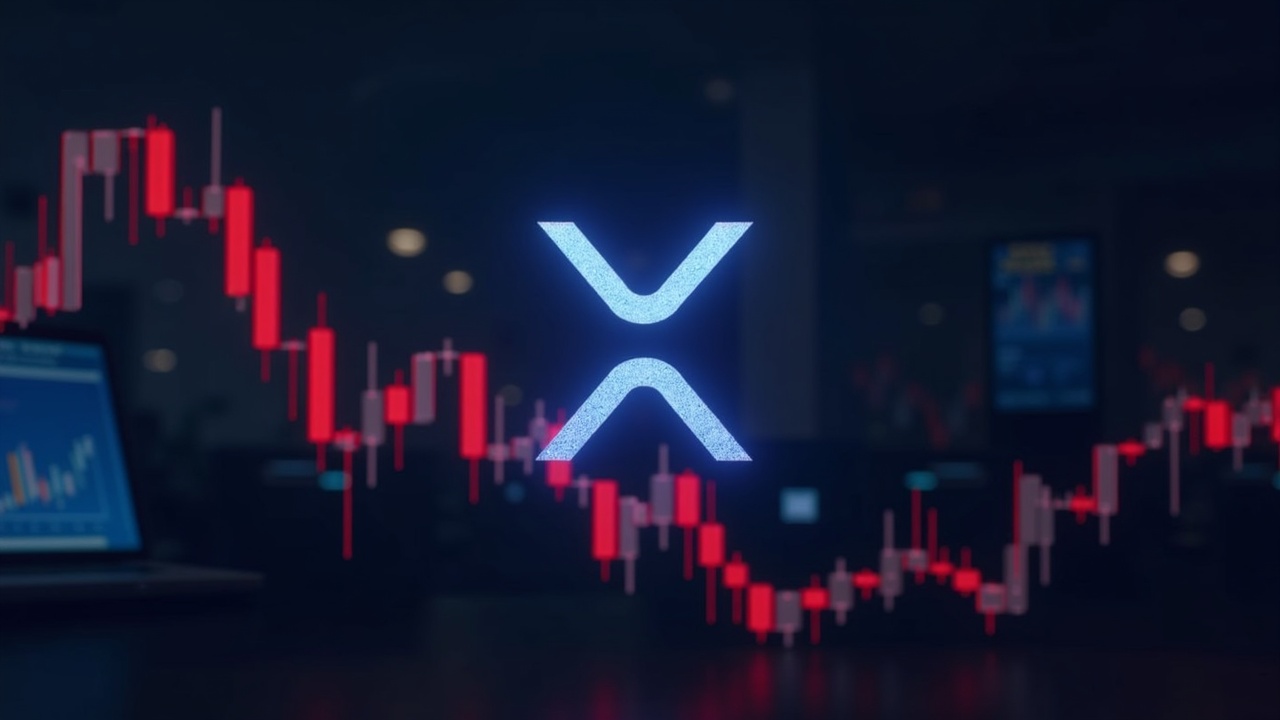A Whale-Sized Hurdle: How Supply Drowned XRP’s Breakout
A promising technical setup for XRP was recently undone by a single, overwhelming wave of supply. Just as traders awaited a confirmed breakout from a cup-and-handle and a symmetrical triangle pattern, nearly $950 million worth of XRP was transferred to exchanges. This volume was predominantly sell-side, flooding the order books and halting the upward momentum. The timing was critical; these large deposits, attributed to whale wallets, arrived precisely during the narrow window for pattern confirmation. The result was a stark reversal of the bullish technical signals, demonstrating how concentrated deposits can invalidate even the most textbook of setups.
The Technical Crossroads Undone
Chart analysts had identified two classically bullish patterns converging, suggesting a significant upward move was imminent. The breakout, however, relied on a crucial combination of price moving through key resistance levels being supported by strong buying volume. Instead, the market experienced the opposite. The influx of tokens from whales expanded spot offers, creating immediate selling pressure that caused the price to drop and the breakout attempt to fail. This event highlights a specific vulnerability in the XRP market: its sensitivity to large holder activity, where the actions of a few wallets can dramatically alter the short-term technical landscape and shake confidence in pattern-based trading.

Regulatory Shadows and Institutional Catalysts
Beyond the charts, XRP’s trajectory remains heavily influenced by overarching regulatory developments. The ongoing legal proceedings between Ripple and the U.S. Securities and Exchange Commission (SEC) continue to shape institutional demand and risk assessment. On a more positive note, the potential for a spot XRP ETF provides a significant counterweight to the uncertainty. The SEC has upcoming deadlines for several ETF applications in October, and an approval is widely seen as a catalyst that could unlock billions in institutional capital, fundamentally resetting market direction.
Navigating the New Risk Landscape
The practical implications of this event extend across different market participants. For short-term traders, it underscores the increased risk of sharp swings and false signals, necessitating careful position sizing and strict stop-losses. For institutions and corporate treasuries, it highlights a liquidity risk when executing large orders, as concentrated supply can disproportionately impact the market. Derivatives desks also monitor these spot inflows closely, as sustained selling pressure can push open interest and funding rates lower. Moving forward, the focus shifts to key support levels and fresh exchange flow data. A break below support could confirm further downside, while positive updates from the courts or on the ETF front could be the necessary catalyst to rebuild bullish momentum.


